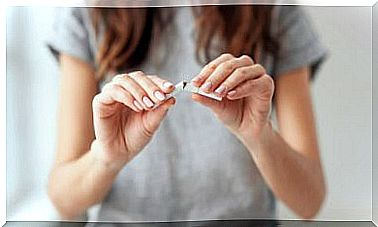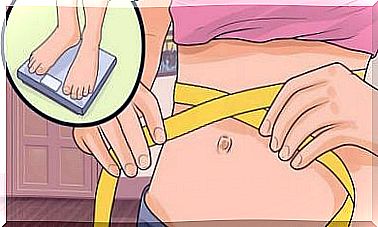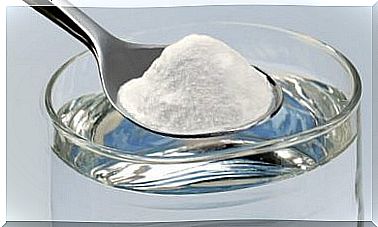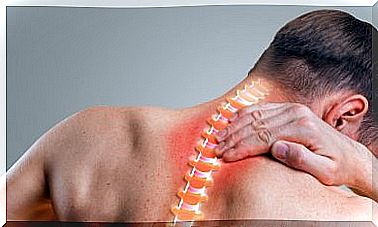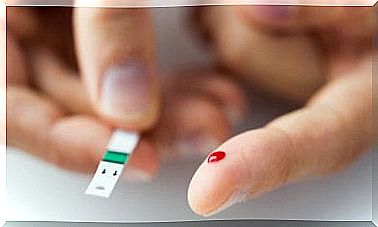How To Prevent Sudden Death In Sport
The news about athletes who die practicing an exercise are very viral on social networks and in current information systems. As a result, multiple specialists appear talking about the possibility of preventing sudden death in sport.
But is this possible? Is there a way to detect the problem in time to avoid the fatal outcome? And really, shouldn’t they be the same measures that are taken for the general population? As we will see, there are some differences that justify the particular approach.
Some facts about sudden death in sport
Sudden death, wherever it happens, is an arrest of the heart in an individual who was considered healthy before the event. In other words, there is no disease, in the first instance, that justifies the problem. As we will see now, once the patients are studied carefully, it turns out that there is something in the background.
Among athletes, considered as a general group, there is no significant difference in cases if we compare them with the rest of the population. However, among those who do intense exercise, the incidence does increase, reaching more than one sudden death per 100,000 inhabitants.
The records report that most of these deaths occur in the spring and in the afternoon. This is related to the usual times and times of competition in each hemisphere of the planet.
When an athlete dies practicing a sport without a traumatic cause that justifies death, up to 90% of the time the culprit is a cardiovascular cause. This is highly dependent on age, since among those under 35 years of age the risk is almost non-existent, while at an older age population values of 1 death per 18,000 inhabitants can be reached.

Causes of sudden sports death
At the end of the process, sudden death, in sport or outside of it, is triggered by an arrhythmia, which is ventricular fibrillation. In this condition, the lower part of the heart (the ventricles) beats in a disorderly manner and the organ is unable to deliver blood to the tissues.
Atheroma plaques turned out to be the primary cause in most of the patients studied after suffering an event. It consists of the accumulation of clots attached to the arteries, made up of blood cells, platelets, fibrous tissue and cholesterol.
It is suspected that, when doing sports, the atheroma plaque ruptures and abruptly obstructs circulation. When it is located in the coronary arteries, which are the ones that irrigate the heart, they cut off the supply of oxygen and nutrients until they cause cell necrosis, which is the death of cells.
To a lesser extent, there are hereditary causes that cannot be prevented in relation to sudden death in sport. In any case, as we will see later, they can be detected in time with an electrocardiogram many times.
There are two forms that are best known from genetics:
- Arrhythmogenic cardiomyopathy: The cells of the heart degenerate and turn from muscle to fat. In the long run, these heart areas lose function and develop recurrent arrhythmias, especially during exertion.
- Hypertrophy: in these patients, the wall of the heart progressively increases in size, making it increasingly difficult for blood to leave the ventricles to distribute throughout the body. When the top point is reached, sudden death occurs.
How to prevent sudden death in sports?
Knowing its causes and its forms of presentation, it is worth considering how to prevent sudden death in sport. And the first response that arises, almost immediately, is the performance of a physical examination with an electrocardiogram for all athletes.
The truth is that, in legal terms, many countries require it to certify federated or professional activities, but there is scientific discussion about its value in this field. In the case of genetics and heredity, the test might help, but atheroma plaques do not give electrical signs.
For this reason, at present there is talk of a global medical examination that includes more elements and not only the electrocardiogram. A good physical examination with age-appropriate laboratories and a request for a special complementary method if the suspicion warrants it.
Let us remember that atheroma plaques are more frequent in older age, but they are not easily detected. On the other hand, the same recommendations apply for athletes as for the general population with regard to risk factors. Thus, the following must be considered:
- Control obesity.
- Regulate blood pressure and blood glucose levels.
- Lower bad cholesterol.
- Follow a healthy diet.
- Avoid alcohol and tobacco.
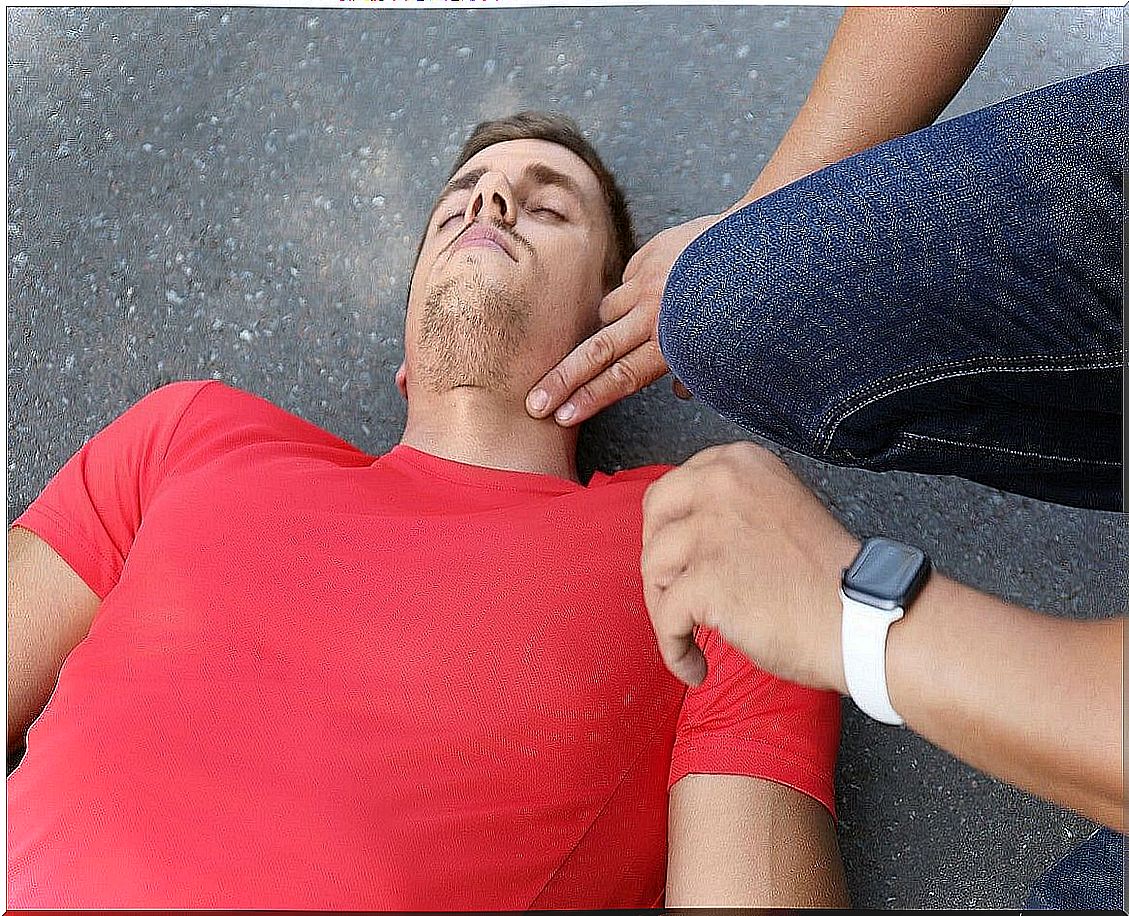
Social prevention
In places dedicated to sports practice, automatic defibrillators must be installed, and the personnel employed must know the basic forms of cardiopulmonary rehabilitation. Similarly, coaches and referees must have training in the resuscitation modality.
The alert system is essential. The chain of warnings and notification to the emergency services depends on the speed and precision with which it is activated. This should be clear in any gymnasium and stadium, with people responsible for the calls and trained to do so.
A long shot, but one that exists
If we look at the figures, we could say that the incidence of sudden death in sport is low. And perhaps it is in broad population measures, but the data is not less among those over 50 with intense exercise.
Therefore, extreme care must be taken. The review is important and must be done thoroughly, not as one more procedure that you want to go through. All complementary methods that are requested should be performed and evaluated in the context of the patient in question.
There is also a general responsibility of society, the owners of sports centers and those who regulate activities. The existence of defibrillators, health education on the subject and the chain of notices are elements that contribute to reducing the problem.
